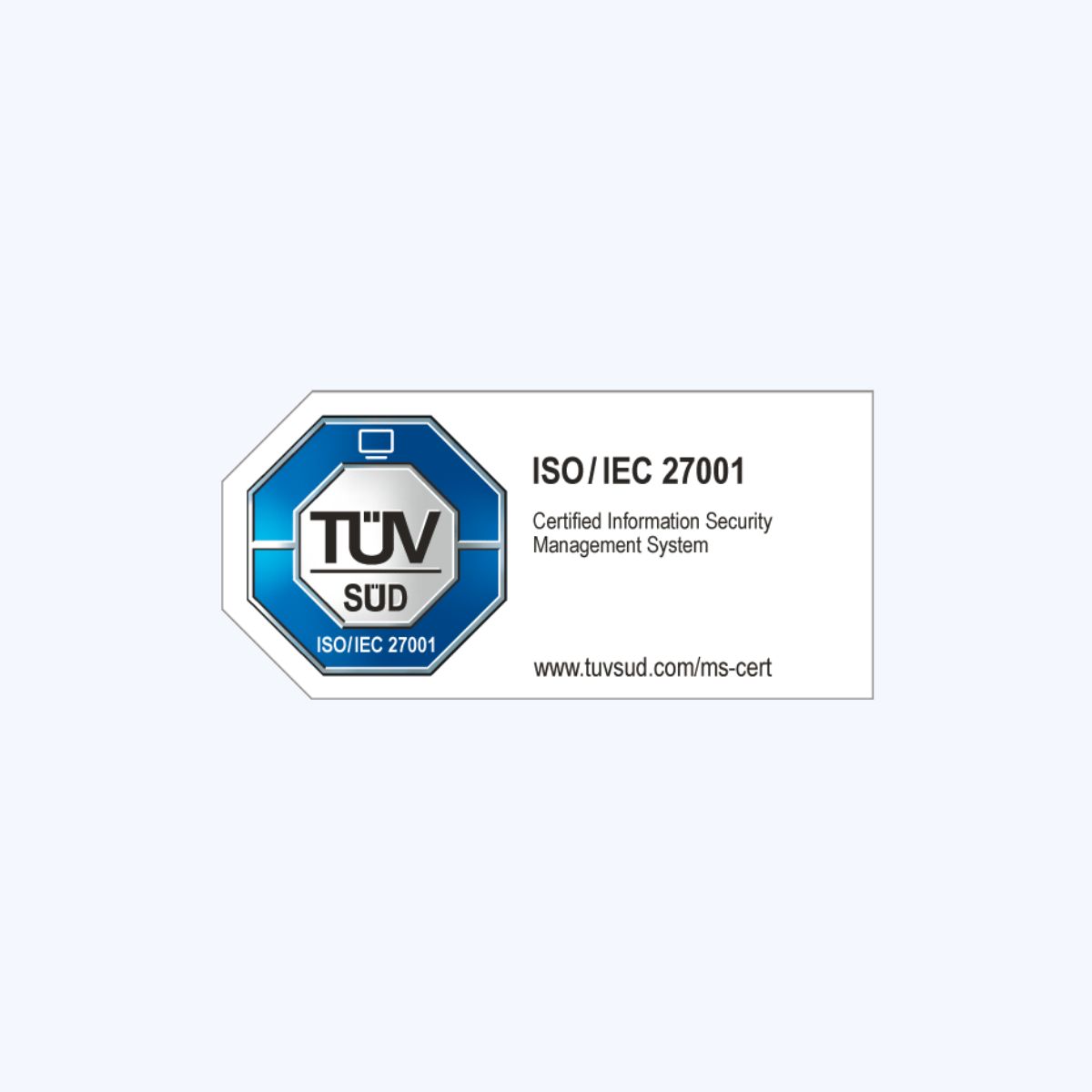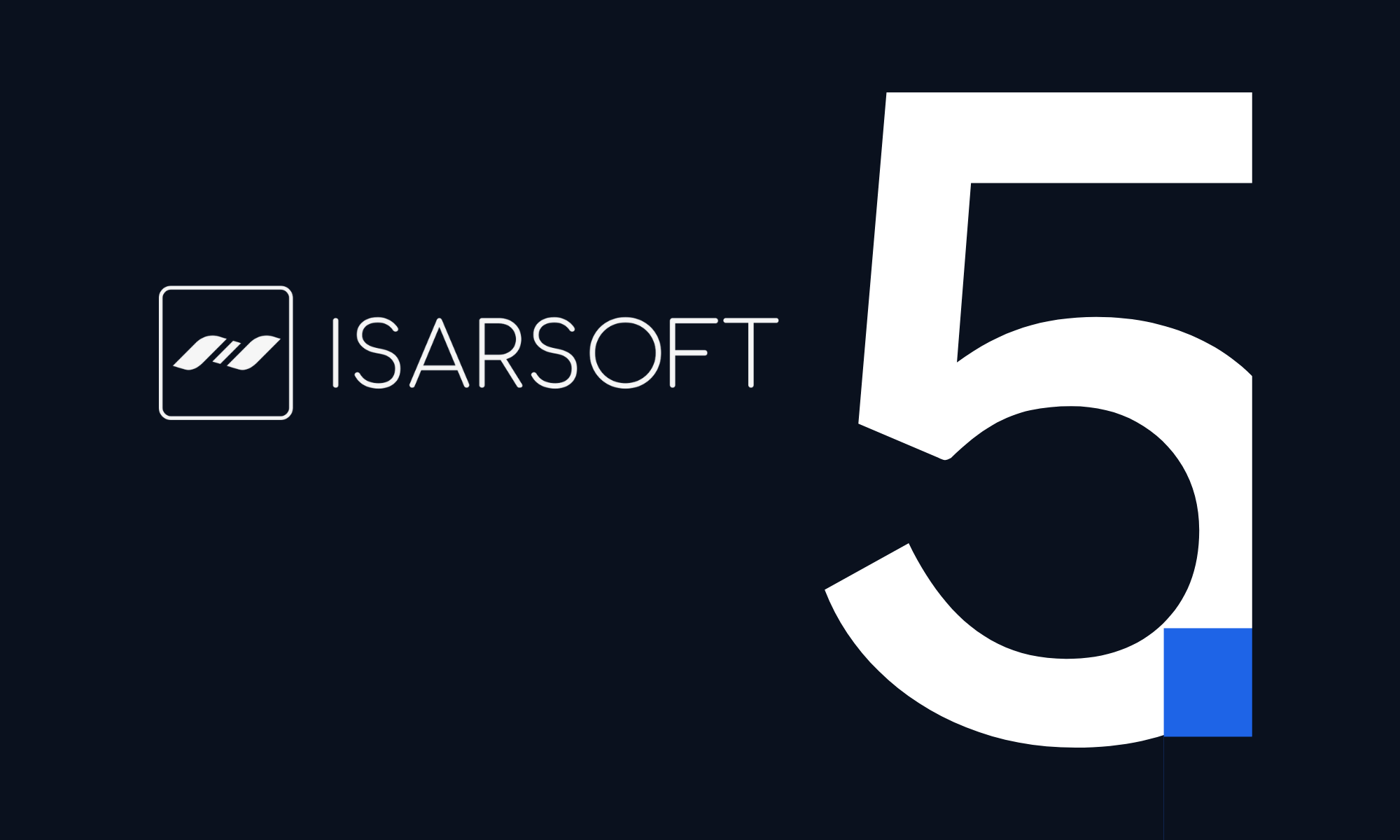Smart Queue Management in 2025: Real-Time Solutions for Public Spaces
Explore how smart queue management with Isarsoft Perception is transforming public spaces in 2025: cutting wait times, optimizing flow, and delivering real-time operational insights.
Published
August 4, 2025

Queues are a common source of frustration in public and commercial spaces, from train stations to retail stores and government offices. Poorly managed queues lead to customer dissatisfaction, operational inefficiencies, and lost revenue. As environments become increasingly dynamic, traditional queue management methods, based on manual observation or static sensors, no longer suffice.
Enter smart queue management, a new generation of solutions that leverage AI, computer vision, and real-time analytics to streamline queue operations. At Isarsoft, we believe that queues don’t have to be a problem; they can be a strategic opportunity.
What Is Smart Queue Management?
Smart Queue Management (SQM) uses real-time video analytics to monitor and manage queues without requiring customer interaction or additional hardware. By leveraging existing camera systems, it automatically tracks behavior and optimizes service flow — without the need for tokens, sensors, or manual counts.
Here’s what an intelligent queue management system typically offers:
- Automatic queue detection: Detects when individuals enter defined queue areas and begins monitoring their movement.
- Wait time tracking: Measures how long people spend in line and calculates average and peak wait times.
- Threshold alerts: Notifies staff when predefined conditions are met — such as queue length or dwell time exceeding acceptable limits.
- Operational dashboards: Displays real-time queue metrics and provides historical reporting to support staffing, planning, and service optimization.
Unlike basic people-counting tools, SQM systems interpret behavior in dynamic, real-world conditions and operate passively — requiring no wearables, check-ins, or interaction from customers.
Comparing Traditional and Smart QMS
The table below illustrates how Isarsoft Perception enhances queue management by improving efficiency, enabling real-time insights, and simplifying large-scale deployment compared to traditional approaches.
This comparison highlights the practical and operational advantages of online queue management systems, especially in environments where flexibility, responsiveness, and data visibility are crucial.
Industry-Specific Benefits of Queue Management
Retail Environments
In retail, queue dynamics directly impact revenue, staffing, and customer satisfaction — particularly during high-traffic periods like holidays or weekend sales. Smart queue management software allow retailers to:
- Reduce checkout abandonment by alerting staff when queues exceed thresholds, prompting timely lane openings.
- Support self-checkout zone efficiency by identifying stalls that consistently attract longer wait times or misuse.
- Analyze footfall patterns around promotional displays or entrance areas to optimize layout and shopper flow.
- Improve shift planning through historical analytics of peak hours and seasonal traffic patterns.
Why It Matters
- Increases throughput and revenue at checkout
- Supports better resource allocation during seasonal surges
- Enhances overall customer experience and store layout planning
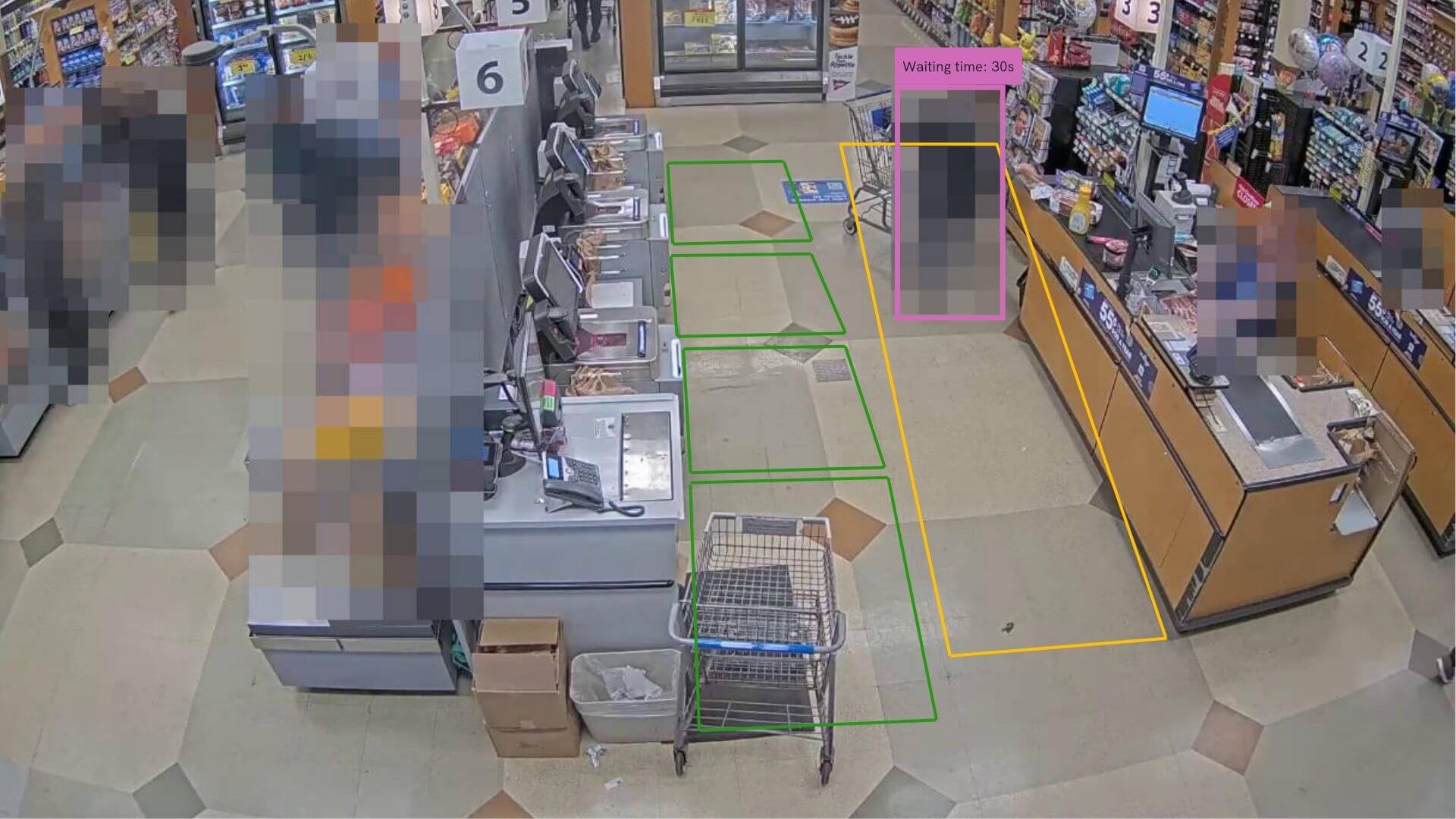
Airports
In airports, queue analytics is critical not only for passenger satisfaction but also for regulatory compliance and on-time performance. Intelligent systems enable airport operators to:
- Track queue lengths at key checkpoints such as security, immigration, check-in, and boarding gates.
- Respond to disruptions (e.g., flight delays or gate changes) with real-time visibility into crowd movements.
- Integrate with flight data APIs to dynamically adjust resource allocation based on passenger volume and schedule shifts.
- Support SLA compliance by documenting queue durations and performance against contractual service benchmarks.
Why It Matters
- Improves punctuality and reduces missed connections
- Supports data-driven staffing and lane management
- Helps meet airline and regulatory service level agreements (SLAs)
Use Case:
Isarsoft partnered with FIMA to deploy a queue analytics software at Lithuanian airports — an environment with retail-like traffic patterns at check-in, security, and boarding zones. The system monitors passenger queues in real time, helping staff react to congestion early and allocate resources based on live demand. This model is directly applicable to high-footfall retail stores where customer wait time impacts satisfaction and sales.
Explore the full case study: Isarsoft at Lithuanian Airports
Museums & Cultural Venues
Museums, galleries, and exhibition spaces face the ongoing challenge of providing seamless visitor experiences while ensuring the protection of artworks and exhibits. Intelligent queue management systems help venue operators:
- Balance visitor flow across spaces by identifying high-density areas and guiding guests toward less crowded zones.
- Manage group visits (e.g., school trips, guided tours) through scheduled entry windows and real-time capacity monitoring.
- Generate heatmaps that visualize how visitors interact with different exhibits — informing layout planning and future programming.
- Prevent overcrowding near fragile or high-value installations by triggering alerts when occupancy thresholds are reached.
Why It Matters
- Improves visitor satisfaction and experience flow
- Supports conservation efforts by limiting traffic near sensitive exhibits
- Enhances staffing efficiency during peak periods or special events

Use Case:
Since reopening in 2023, the Wien Museum has used Isarsoft’s real time queue management software to monitor visitor behavior and manage flow throughout the building. The system tracks dwell times and crowd densities in real time, helping staff prevent bottlenecks and maintain a high-quality experience across exhibits. Historical data also supports better planning for seasonal peaks and special events.
View the complete case study: Wien Museum
Transport Terminals
Transport hubs, such as train stations and metro interchanges, experience highly variable passenger volumes influenced by schedules, delays, and disruptions. These fluctuations create significant pressure on operational teams to maintain safety, service levels, and flow continuity.
AI queue management system enhances crowd coordination in these environments by:
- Monitoring real-time congestion at critical touchpoints like ticketing machines, security lines, platforms, and boarding gates.
- Enabling dynamic response to disruptions, such as rerouted buses or flight delays, with instant visibility into how passenger behavior shifts.
- Coordinating feeder service timing (e.g., ensuring shuttle buses align with train or plane departures) using predictive queuing data.
These capabilities help reduce perceived waiting time, minimize crowding risks, and improve passenger experience — even during service interruptions.
Why It Matters
- Supports operational agility in unpredictable conditions
- Enhances throughput at constrained infrastructure points
- Enables smoother modal transitions for passengers
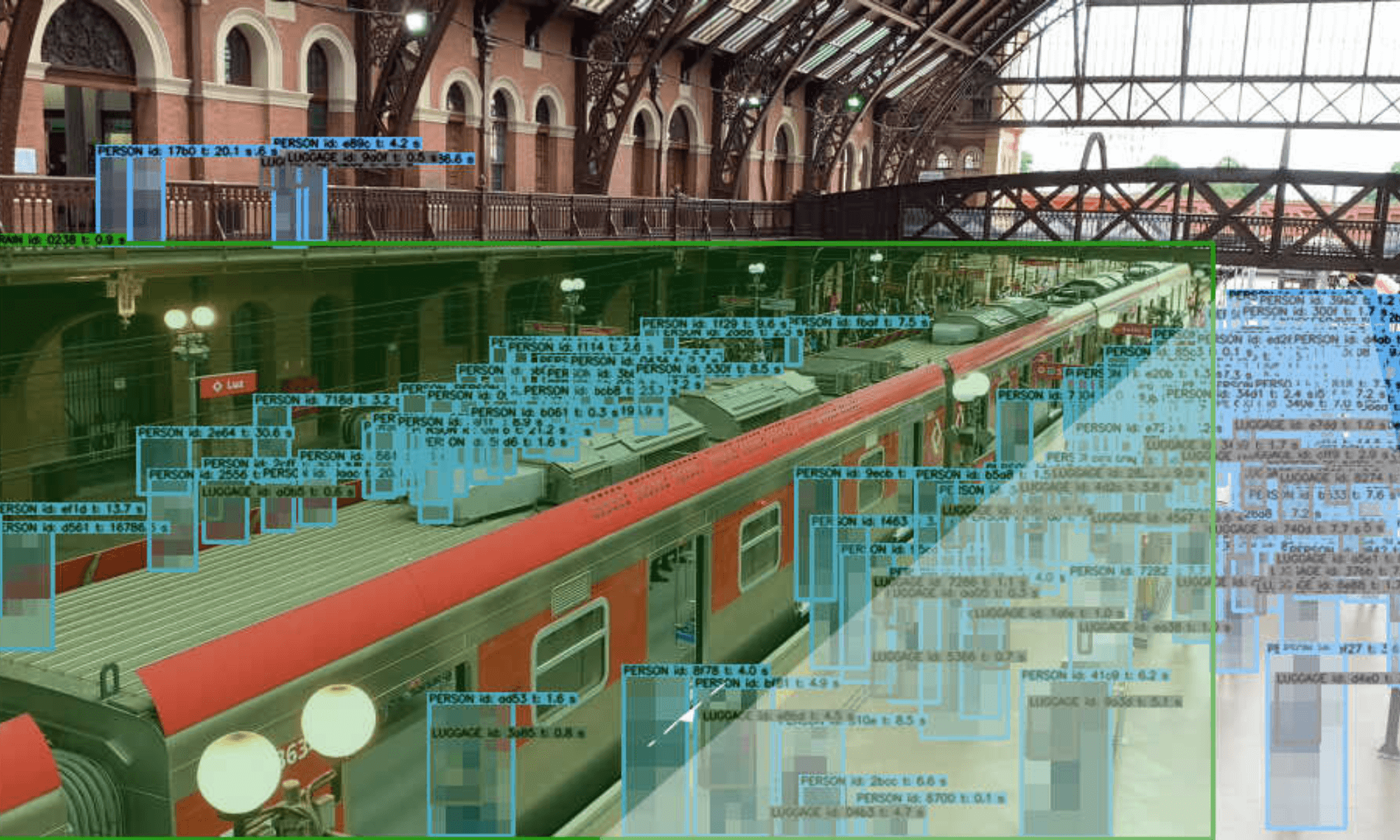
Logistics & Warehousing
In logistics and distribution, bottlenecks at access points like loading bays and docks can create costly delays and affect overall throughput. Queue management systems designed for vehicle and goods flow offer substantial advantages for time-sensitive operations.
By applying AI-powered queue tracking to vehicle and loading workflows, operators can:
- Track dwell times for trucks and cargo at gates, bays, or weighing stations — enabling prioritization based on wait time.
- Balance dock allocation by identifying idle or overburdened areas and redistributing traffic accordingly.
- Improve performance visibility through consistent metrics on queue durations, flow rates, and historical trends.
These insights support more reliable scheduling, faster turnaround, and better coordination with suppliers, couriers, or warehouse staff.
Why It Matters
- Reduces idle time and increases dock throughput
- Supports real-time coordination with supply chain stakeholders
- Provides clear data for performance audits and optimization
With benefits proven across sectors like logistics and warehousing, the next step is selecting a smart queue management solution that aligns with your infrastructure, scale, and performance goals.
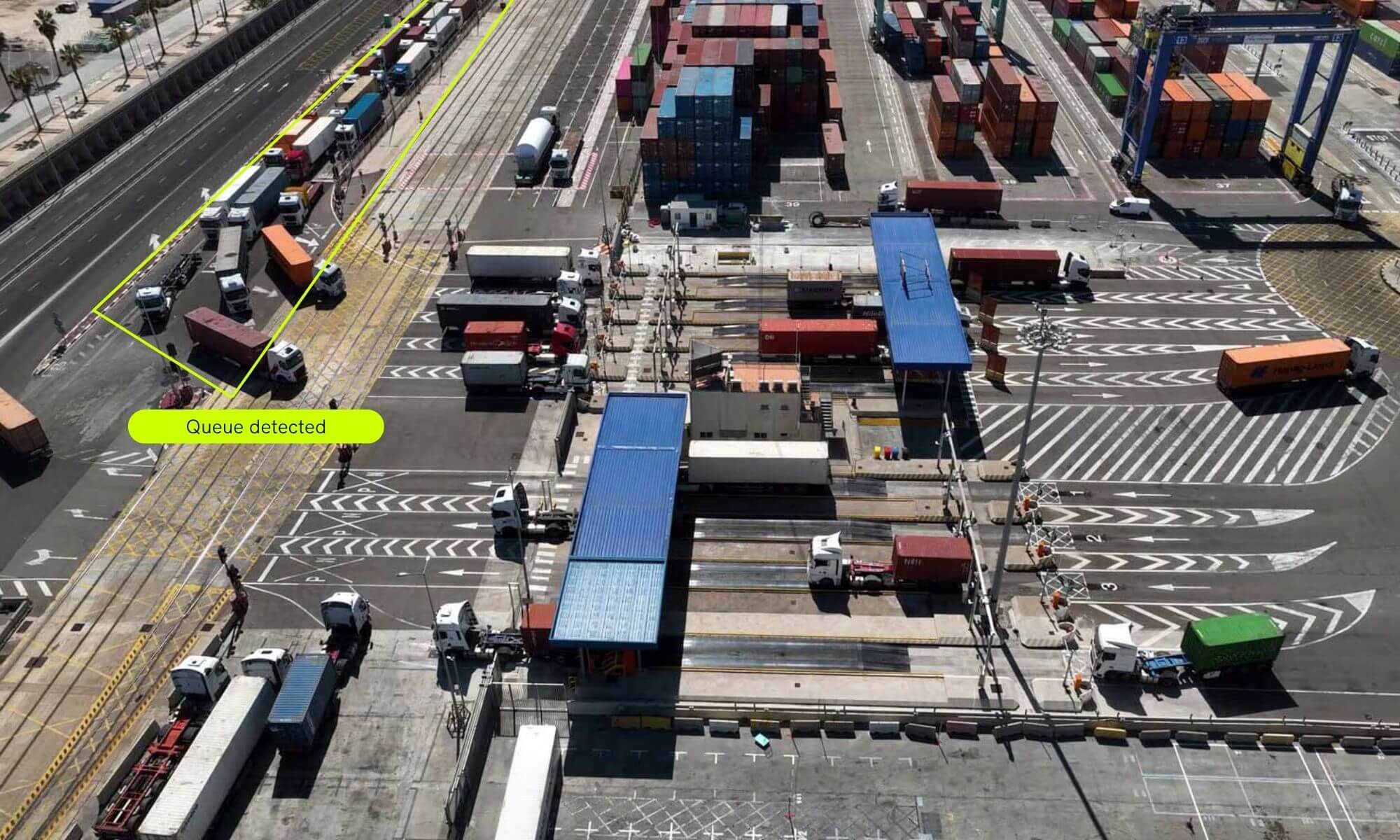
How to Choose a Smart Queue Management Software
Choosing the right queue optimization software requires a careful match between technology capabilities and your operational environment.
1. Start with Infrastructure Compatibility
Ensure that the solution integrates smoothly with your current video and sensor infrastructure. This prevents unnecessary hardware upgrades and saves both time and money during implementation.
2. Focus on Intelligence, Not Just Counting
Go beyond basic people-counting features. Look for systems that provide:
- Real-time monitoring to detect issues as they arise
- Automated alerts to notify staff of bottlenecks or abnormal wait times
- Historical analytics for long-term trend analysis and informed decision-making
To unlock these advanced capabilities, carefully assess vendors based on critical features and proven performance.
3. Key Criteria for Evaluating Vendors
When comparing different providers, consider the following critical capabilities:
- High accuracy in dynamic, high-footfall environments
- Ease of deployment across varied locations (e.g., malls, airports, retail)
- Scalability to accommodate future expansion and upgrades
- Privacy-first architecture, avoiding the use of personal identifiers
- Proven industry experience, supported by real-world case studies and client references
With these key criteria in mind, it’s equally important to evaluate the long-term value a vendor can bring — not just in functionality, but in strategic impact.
4. Look for Long-Term Value
A well-chosen smart queue management system should offer more than just line control. It should become a strategic asset — delivering operational efficiencies, improving customer experience, and generating actionable insights that drive ROI over time.
Ready to Improve Your Queue Management?
Get in touch with our team to learn how a customer queue management system can improve your operations.


